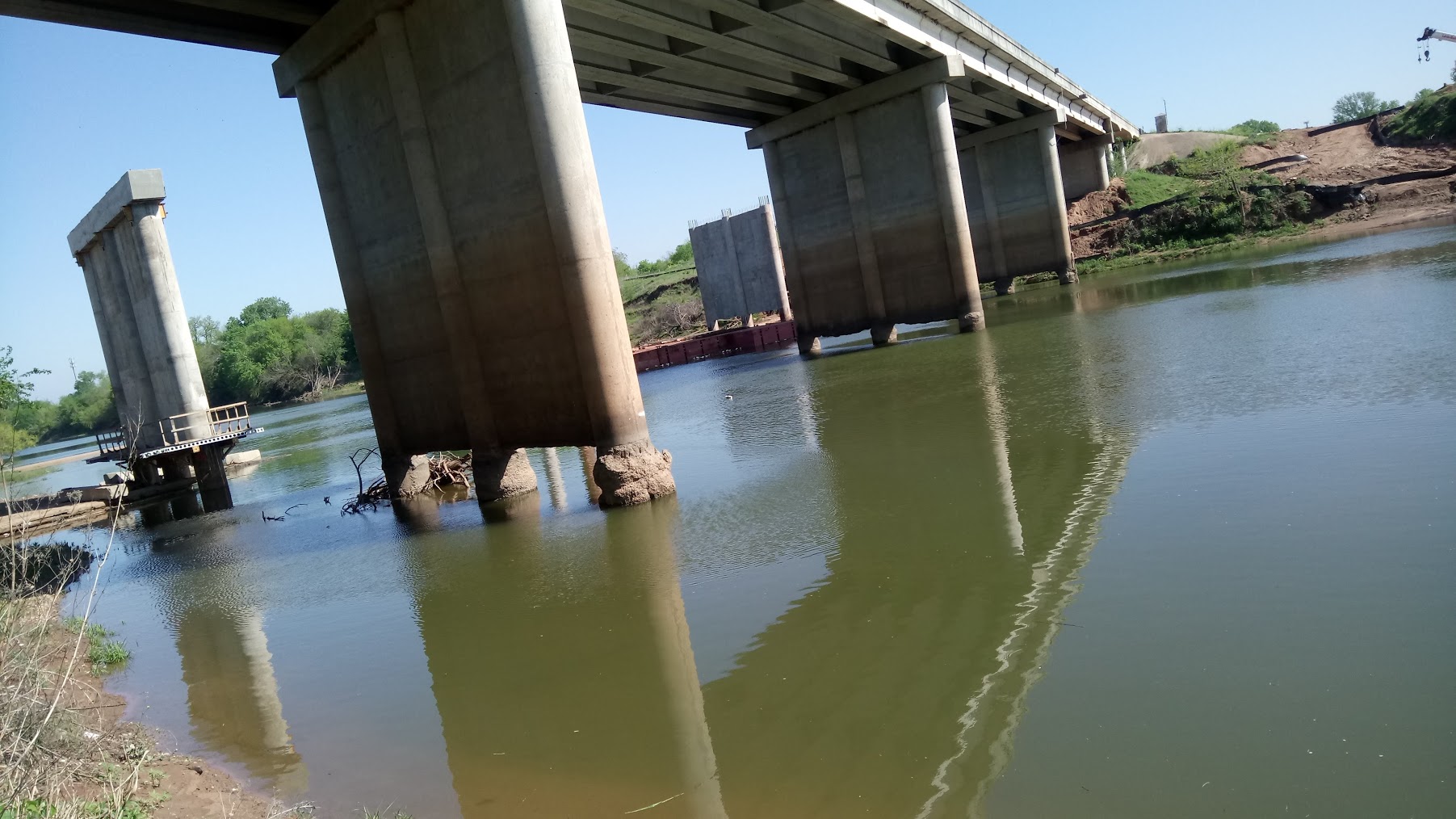Watershed models listed here are generally used in the simulation of components of or the entire water cycle. They are primarily used for hydrologic prediction and for understanding hydrologic processes. Specific component processes of the water cycle simulated include (1) Precipitation – condensed atmospheric water falling to earth (2) Evaporation – phase transition of a liquid to a gas (3) Transpiration – movement of water within and out of plants into the atmosphere (4) Infiltration – water entering soil from the ground surface (5) Runoff – flow of water over the earth’s surface (6) Interflow – flow of water within the soil layer(s) (8) Routing – the movement of water “downstream”. In addition to water quantity and flow, most of these models also can be used in water quality studies and are able to determine the origin and fate of various water quality parameters in a watershed.
___________________________________________________________________________________________________________________________________
Hydrological Simulation Program FORTRAN (HSPF)
HSPF is a process-based watershed model for quantifying runoff and addressing water quality impairments associated with combined point and nonpoint sources. HSPF simulates nonpoint source runoff and pollutant loadings for a watershed and performs flow and water quality routing in stream reaches. HSPF can be used to estimate nonpoint source loads from various land uses as well as fate and transport processes in streams and
lakes. HSPF contains hundreds of process algorithms developed from theory, laboratory experiments, and empirical relations from instrumented watersheds. Its modular design facilitates easy addition and/or replacement of individual modules and allows HSPF to be easily adapted for special applications designed by the user.
Description: HSPF.pdf Website: https://www.epa.gov/ceam/hydrological-simulation-program-fortran-hspf
__________________________________________________________________________________________________________________________________
ArcEGMO
ArcGMO is a deterministic 3D-catchment, multilayer model used to predict components of the water budget in small and large watersheds . The model uses digital maps for describing the spatial characteristics of the research area (elevation, aspect, slope, soil, land use/land cover, groundwater depth) and time series of precipitation, air temperature, air humidity, global radiation or sun duration and wind velocity as inputs and generates time series of stream flow, other budget components, carbon and nitrogen budget components, vegetation variables, results of the climate regionalization among others that can be imported easily into GIS (e.g. ArcView, ArcGIS) or into table calculation programs (EXCEL, ACCESS etc.)
Model Description: ArcEGMO.pdf. Website: http://www.arcegmo.de/
___________________________________________________________________________________________________________________________________
Bochum Water Balance Model (BWBM)
BWBM is a spatially distributed continuous soil moisture accounting and precipitation/snow-melt runoff simulation model. The model is intended for mesoscale (approx. 100-10000 sqkm) watersheds. The model continuously simulates stream flow and all components of the water balance on a spatially distributed basis at a daily time step.
Model Description: BOCHUM.pdf Contact: dgaren@wcc.nrcs.usda.gov or Andreas.Schumann@ruhr-uni-bochum.de
___________________________________________________________________________________________________________________________________
CASC2D (CASCade of planes, 2-Dimensional)
CASC2D is a square-grid (raster) hydrologic model that solves the equations of transport of mass, energy, and momentum between model grid cells using a finite difference formulation. The model can be used in the simulation of spatially-varied Hortonian watershed hydrology and erosion/sediment transport. CASC2D can be run in a single-event mode, or in continuous mode. Continuous simulations can be run for an indefinite period of time. Model computational time-steps for numerical stability range from 1 second to 20 seconds, depending upon the grid size and rainfall intensity.
Description: CASC2D.pdf. Website: https://www.engr.colostate.edu/CASC2D
___________________________________________________________________________________________________________________________________

